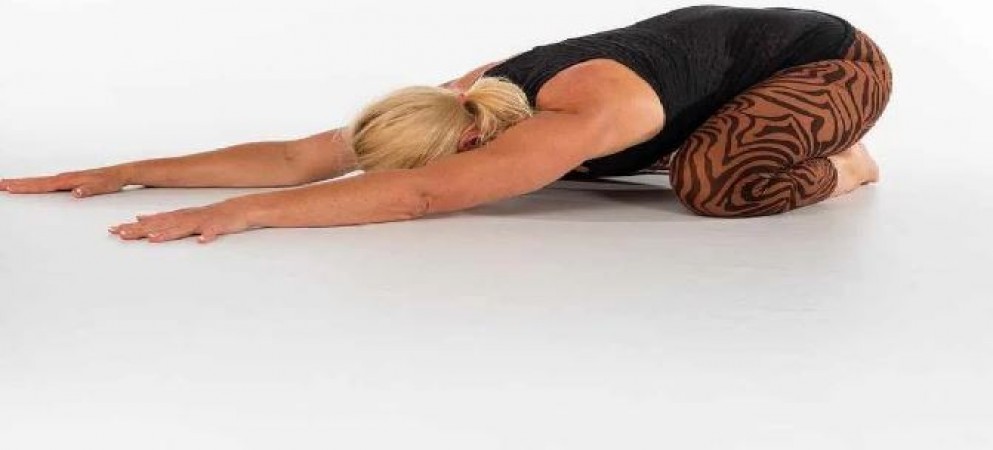
As we age, our bodies go through natural changes that can sometimes lead to discomfort and pain in various body parts. However, there are proactive steps you can take to maintain flexibility, strength, and overall well-being. One of the most effective ways to do this is by incorporating yoga into your daily routine. Yoga offers a wide range of physical and mental benefits, making it an ideal practice for pain prevention and management. In this article, we will explore several yoga asanas (poses) that can help you alleviate and prevent pain as you age.
Before we delve into specific yoga poses, let's understand why yoga is such an effective tool for pain prevention. Yoga combines physical postures with controlled breathing and meditation, creating a holistic approach to health. Here's why it works:
Yoga helps improve flexibility by stretching and lengthening muscles, reducing the risk of injuries and pain.
Many yoga poses require you to support your body weight, leading to increased muscle strength, especially in the core and lower back.
Practicing balance in yoga poses enhances stability, reducing the likelihood of falls and injuries.
Yoga promotes relaxation and reduces stress, which can contribute to pain relief.
Yoga encourages awareness of your body's signals, helping you identify and address pain early.
Now, let's explore some essential yoga poses to prevent and alleviate pain as you age.
This gentle, flowing movement helps lubricate the spine and improve flexibility in the back and neck.
A classic yoga pose that stretches the entire body, including the legs, back, and shoulders, promoting flexibility.
This resting pose is excellent for relieving lower back pain and promoting relaxation.
Strengthens the back muscles and improves posture, reducing the risk of back pain.
Strengthens the lower back, glutes, and thighs, providing support for the spine.
Enhances leg strength and stability, benefiting hip and knee health.
Improves balance and strengthens the leg muscles, reducing the risk of falls.
Stretches the hamstrings and lower back, reducing tension and discomfort.
Strengthens the legs, opens the chest, and improves spinal flexibility.
Relieves tension in the hips and lower back, making it ideal for those with hip pain.
Improves hamstring flexibility and helps alleviate lower back pain.
Counteracts the effects of poor posture and relieves tension in the neck and chest.
Stretches the spine, reducing back pain and improving mobility.
Promotes relaxation and reduces swelling in the legs and feet.
To reap the benefits of these yoga poses, it's essential to establish a regular practice. Here are some tips to help you get started:
If you're new to yoga, begin with beginner-friendly poses and gradually work your way up to more advanced ones.
Pay attention to your body's signals. If a pose causes pain, discomfort, or strain, modify or skip it.
Practice yoga regularly, even if it's just a few minutes each day. Consistency is key to experiencing long-term benefits.
Consider taking classes with a certified yoga instructor, especially if you're new to yoga or have specific concerns about pain.
Yoga can complement other forms of exercise, such as walking or swimming, to enhance your overall fitness. As you age, pain prevention becomes increasingly important for maintaining a high quality of life. Yoga offers a natural and effective way to alleviate and prevent pain in various body parts. By incorporating these yoga poses into your daily routine and following the tips mentioned, you can enjoy the physical and mental benefits that yoga provides. Remember, it's never too late to start practicing yoga, and your body will thank you for the care and attention you give it.